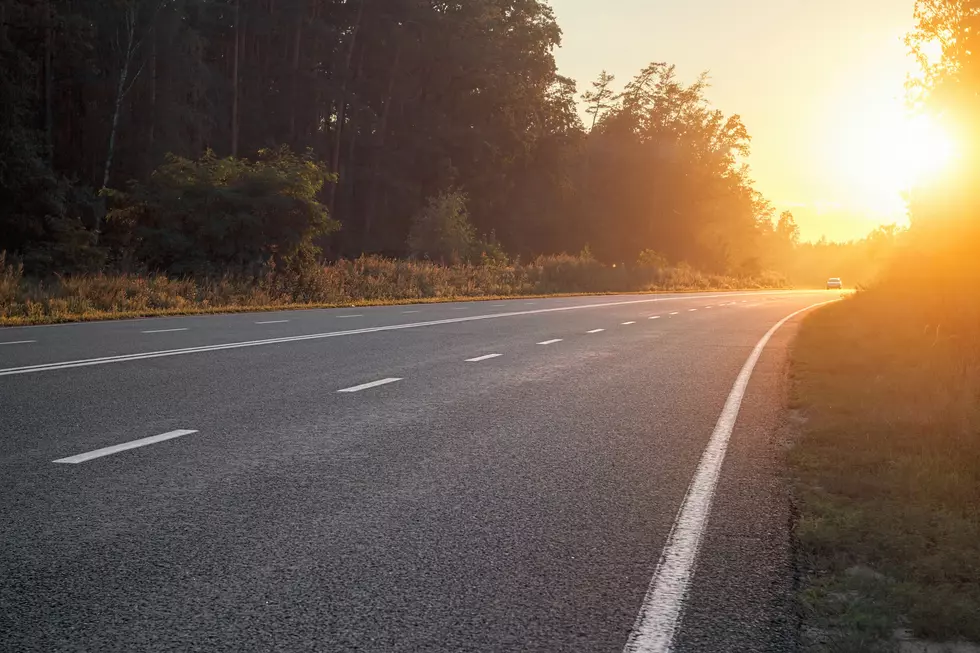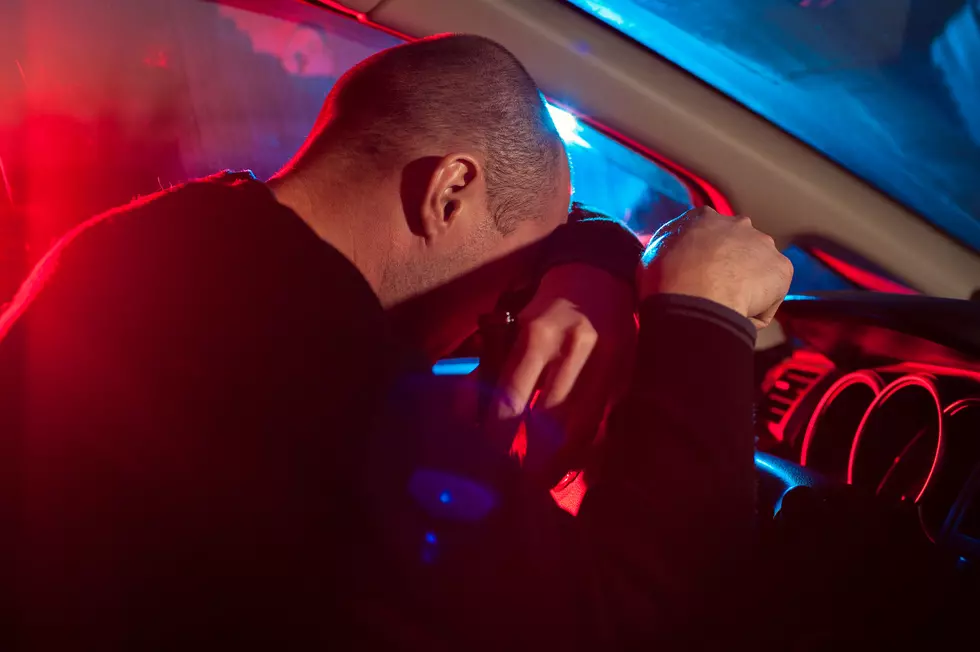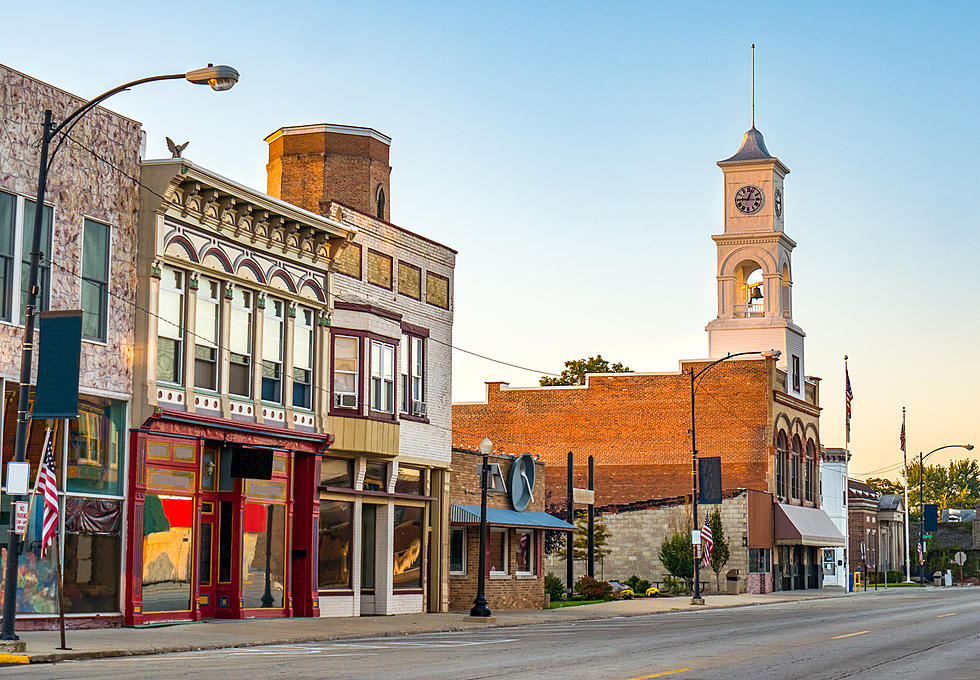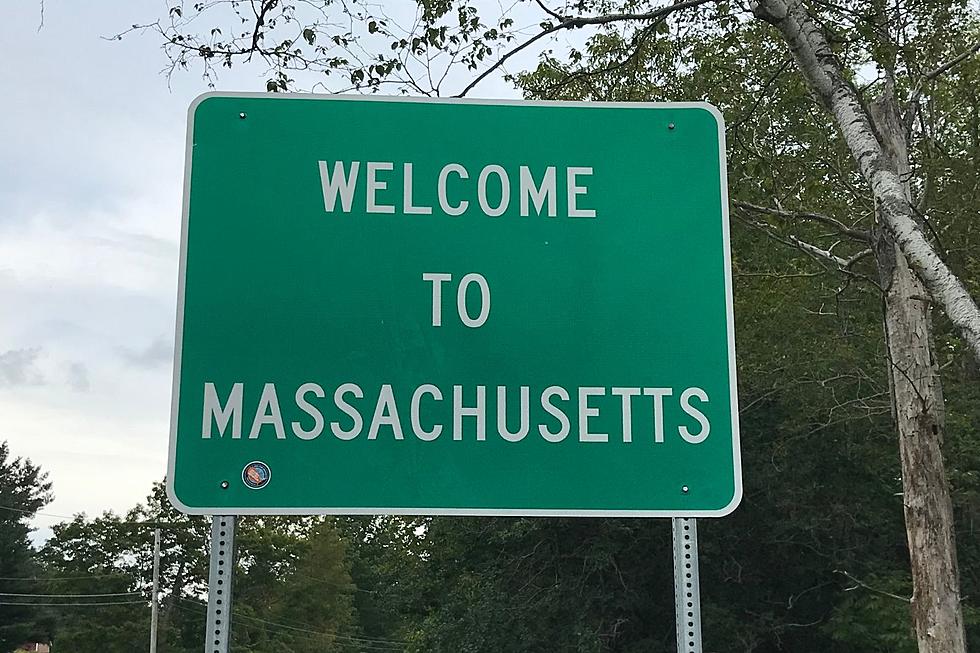
AAA Says Think Safety as Daylight Savings Ends
We’re setting our clocks back an hour at 2:00 AM Sunday to 1:00 AM. The good news is that sunrise will be roughly an hour earlier. That bad news? So will sunset which means it will be getting darker earlier. One thing you may not think too much about is how this affects your time behind the wheel. AAA says that the end of Daylight Savings time, besides giving us that extra hour of sleep, should also remind us to put greater emphasis on safety on the roads.
According to a media release from AAA Northeast, Motorists should not fall back into bad driving habits with the end of daylight-saving time on November 1st. While the time change brings an initial extra hour of sleep, drivers need to be focused on the road and prepared for earlier sunsets. The dangers of drowsy driving and the challenges of driving in the dark are always present but never more so than when drivers suddenly find changing conditions.
AAA Northeast analysis of crash data shows some surprising results. The data shows that from 2015 to 2019, Massachusetts drivers were more likely to crash immediately after clocks are moved back. In the two weeks following the time change, there was a 65 percent increase in crashes during the 5 p.m. hour. During the same period, there was an increase of more than 400 percent in pedestrian crashes during the 5 p.m. hour – a more-than five-fold increase.
Drowsy driving is a significant traffic safety issue… Americans ‘falling back’ by moving their clocks back by one hour may think they are gaining an extra hour of sleep, but they need to remember to monitor their sleep schedule to prevent drowsiness on the road. ~ Mary Maguire, Director of Public and Legislative Affairs for AAA Northeast
Interestingly, the time change can lead to disrupted circadian rhythms and loss of sleep. According to AAA Foundation for Traffic Safety research, losing one to two hours of sleep doubles your crash risk, and an individual operating a vehicle with five hours of sleep or less in a 24-hour period faces the same crash risk as someone driving drunk.
Although the end of daylight-saving time highlights the dangers of drowsy driving, it’s a major problem no matter the time of year. According to the AAA Northeast analysis, more than 9,500 drowsy driving crashes were reported in Massachusetts between 2015 and 2019 where “fatigued/sleep” was listed as a contributing circumstance.
The fact that it gets darker sooner can also play a role in potential traffic accidents. So, it’s a good time to make sure your vehicles lights are functioning properly.
Dark conditions can make it harder to see when driving. Lack of visibility can make for unsafe driving conditions. As we adjust to the end of daylight savings time, it’s a good time to check the illumination of your headlights. ~ Mary Maguire

CHECK THEM OUT: States With the Best and Worst Commutes
More From WBEC AM









